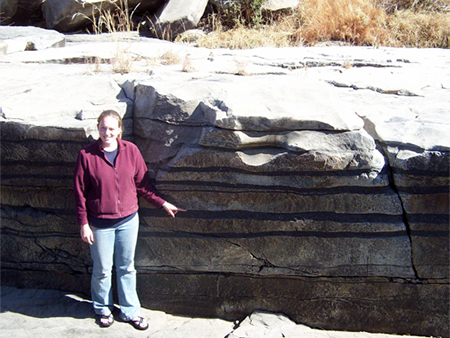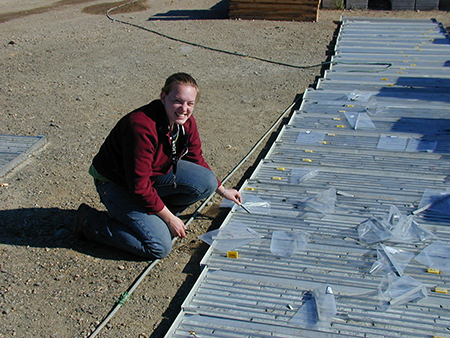Tracing magma sources with sulfur and radiogenic isotopes in the Bushveld Complex, South Africa
Among the numerous questions surrounding the Bushveld Complex is how its magmas were generated. While it is clear that the mafic liquids originated in the mantle, the rocks display puzzling crustal isotopic signatures. These include radiogenic but heterogeneous Sr, Nd, Pb, and Os and non-mantle-like O and S isotopic ratios, suggesting that the magmas endured a complicated history of ascent and interaction with their surroundings.
Recently published data on Δ33S values further demonstrate that the body contains a sedimentary or surface-derived sulfur component. In contrast to most of the other isotopic indicators of crustal contamination, however, the Δ33S values are remarkably uniform. We will address the questions of 1) why the Bushveld rocks are apparently uniform in Δ33S but heterogeneous in radiogenic isotopes; 2) what the sources of the Bushveld's crustal component(s) were; and 3) what processes created the observed isotopic heterogeneities of many of the Bushveld rocks.

Graduate student Rachel Potter showing chromitite and anorthosite layers in the Bushveld.

Graduate student Rachel Potter collects samples of mafic Bushveld rock.
